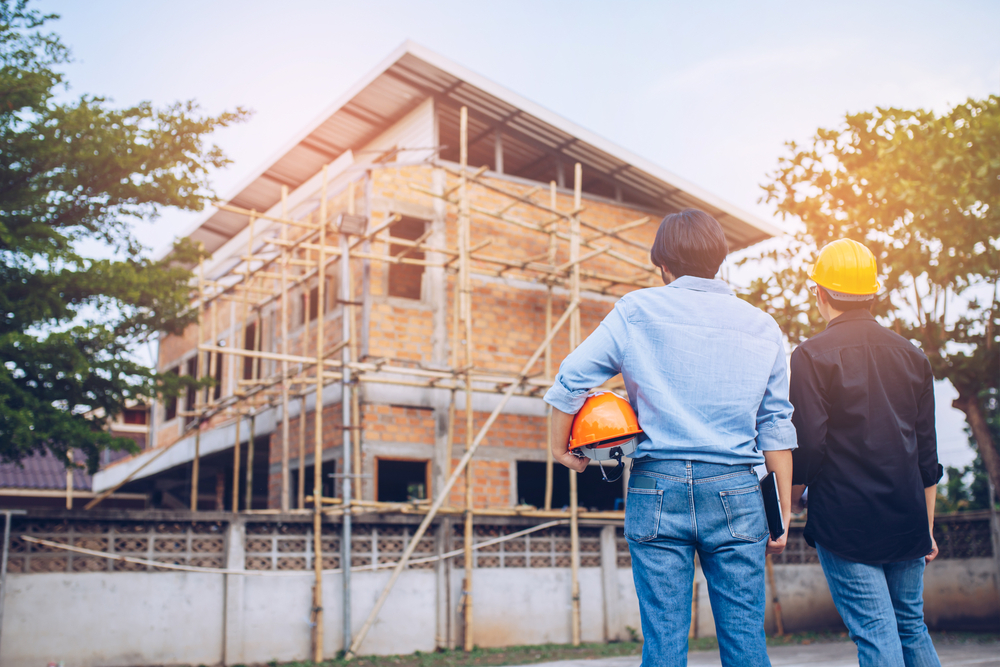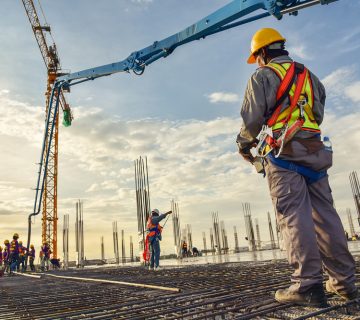In the world of construction, even the smallest oversight can lead to significant issues down the line. Architects play a crucial role in ensuring the integrity of a project, but despite their best efforts, construction defects can occur. Understanding the most common types of construction defects and implementing strategies to mitigate risks is essential for architects. This proactive approach not only protects their reputation but also safeguards their clients’ investments.
Common Construction Defects
- Water Intrusion: Water intrusion is one of the most prevalent construction defects, often resulting from improper sealing, flashing, or drainage. Moisture can lead to mold growth, structural damage, and costly repairs. Architects must ensure that designs incorporate effective waterproofing and drainage systems to minimize the risk of water intrusion.
- Structural Deficiencies: Structural defects can arise from inadequate materials, poor workmanship, or design flaws. Issues such as sagging beams, uneven floors, or cracking walls can compromise the safety and longevity of a building. Architects should work closely with structural engineers to ensure that all designs meet the necessary load-bearing requirements and adhere to building codes.
- Poor Workmanship: Defective workmanship can manifest in various forms, including misaligned components, improperly installed fixtures, and sloppy finishes. These issues not only detract from the aesthetic appeal of a project but can also lead to functional problems over time. To mitigate this risk, architects should clearly communicate their expectations to contractors and conduct regular inspections throughout the construction process.
- Inadequate Insulation: Insulation plays a critical role in a building’s energy efficiency and overall comfort. Inadequate insulation can lead to excessive energy costs and discomfort for occupants. Architects should specify the appropriate insulation materials and ensure that they are installed correctly to meet energy efficiency standards.
- Electrical and Plumbing Issues: Faulty electrical wiring or plumbing can pose serious safety hazards and lead to costly repairs. Common issues include improper grounding, leaks, and inadequate water pressure. Architects should collaborate with licensed professionals to ensure that all electrical and plumbing systems are designed and installed according to code.
- Foundation Problems: Foundation defects can occur due to poor soil conditions, inadequate drainage, or improper construction techniques. These issues can lead to significant structural damage and costly repairs. Architects should conduct thorough site assessments and work with geotechnical engineers to design appropriate foundation solutions.
Mitigating Risks
- Thorough Planning and Design: A well-thought-out design can significantly reduce the risk of construction defects. Architects should invest time in understanding the project’s requirements, the site conditions, and any potential challenges. Engaging with stakeholders during the planning phase can also lead to more effective designs.
- Collaboration with Experts: Collaborating with structural engineers, mechanical engineers, and other specialists throughout the design process can help identify potential issues early on. Their expertise can provide valuable insights that enhance the overall design and construction approach.
- Comprehensive Specifications: Clear and detailed specifications are essential for minimizing misunderstandings during construction. Architects should create comprehensive documents that outline materials, installation methods, and performance criteria to ensure that contractors have a clear understanding of expectations.
- Regular Site Inspections: Conducting regular site inspections during the construction process allows architects to identify and address potential defects before they become major issues. Establishing a schedule for inspections and maintaining open lines of communication with contractors can foster a proactive approach to quality control.
- Education and Training: Educating contractors and subcontractors about best practices and the importance of quality workmanship can help mitigate risks associated with poor construction practices. Providing training sessions or resources can reinforce the importance of adhering to specifications and building codes.
- Documenting Everything: Thorough documentation throughout the design and construction phases is crucial for protecting architects from liability. Keeping detailed records of communications, decisions, and changes can serve as valuable evidence if disputes arise in the future.
How We Can Help
At Stryker Slev Law Group, we understand the complexities of construction law and the challenges architects face in mitigating risks associated with construction defects. Our experienced attorneys are dedicated to providing comprehensive legal support tailored to the needs of architects and contractors in San Diego, Los Angeles, and Southern California.
Whether you need assistance with contract negotiations, dispute resolution, or navigating the legal landscape of construction projects, we are here to help. Our firm’s extensive experience in construction defect and commercial real estate law positions us as a trusted partner for your legal needs.
If you’re an architect seeking to enhance your understanding of construction defects and develop strategies to mitigate risks, contact Stryker Slev Law Group today. Together, we can build a solid foundation for your projects and protect your reputation in the industry.



